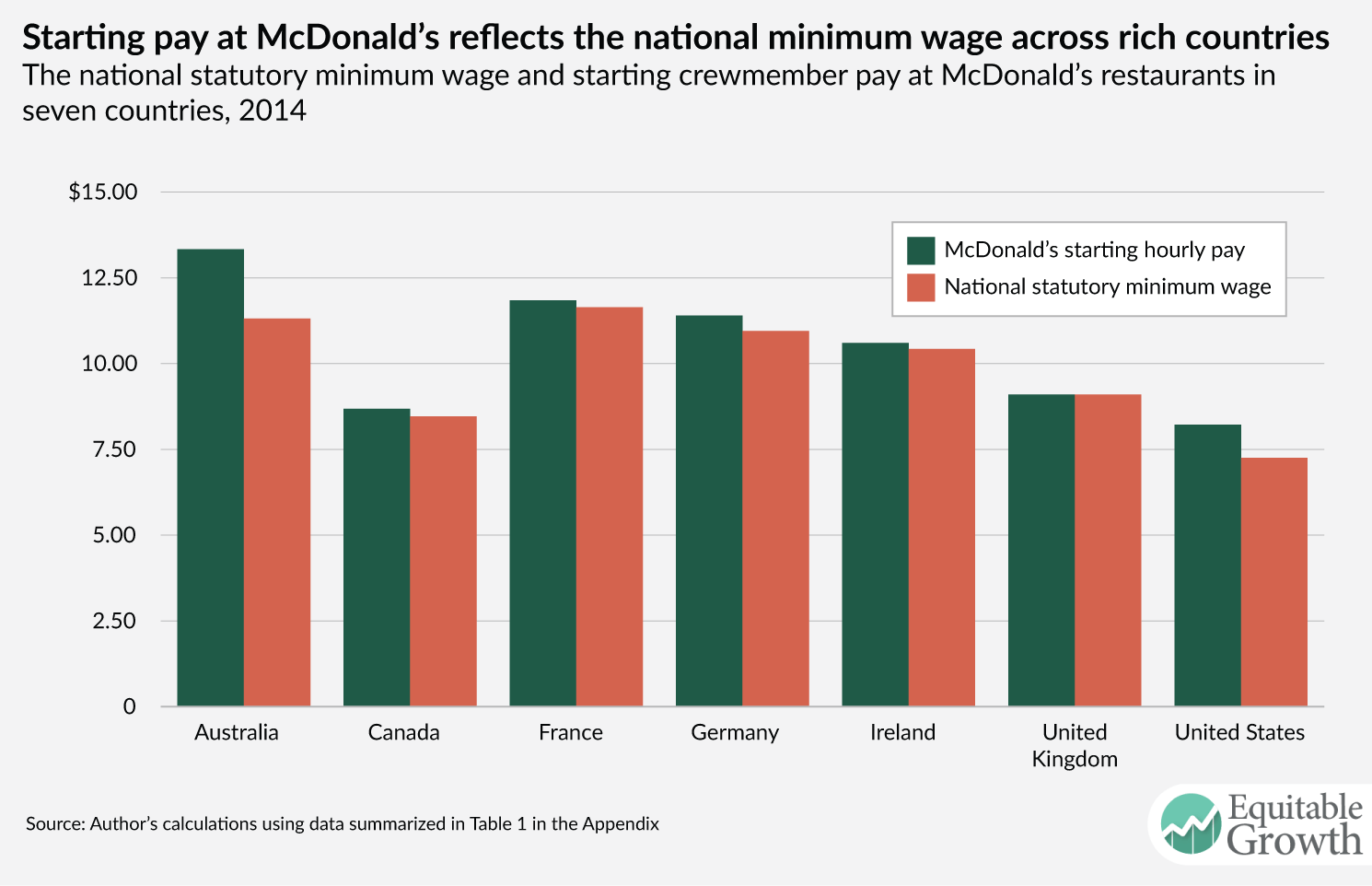- Larry Summers: 5 Suggestions for Avoiding Another Banking Collapse: “First, it is essential to take a dynamic view of capital…
- Bridget Ansel: Weekend Reading: “Mind the Gap” Edition: “Alana Semuels reports… a growing number of men… turning towards jobs…traditionally dominated by women, especially within… healthcare sector… https://equitablegrowth.org/equitablog/weekend-reading-mind-the-gap-edition/
- Chang-Tai Hsieh and Enrico Moretti: Housing Constraints and
Spatial Misallocation: “We quantify the amount of spatial misallocation of labor across US cities and its aggregate costs… http://eml.berkeley.edu//~moretti/growth.pdf - Fabio Ghironi: On Twitter: to @MESandbu: “Some readings and thoughts on Macron’s plans and macro policy in the euro area… https://twitter.com/FabioGhironi/status/865695595566030848
- John Gruber: Announcing JSON Feed https://jsonfeed.org/version/1: “Brent Simmons and Manton Reece… https://daringfireball.net/linked/2017/05/17/json-feed
- Berkeley Behaviorial Economics Initiative: Celebration of 30 Years of Behavioral Economics at Berkeley: May 20, 2017 :: Wells Fargo Room at U.C. Berkeley:
- Heather Boushey et al.: “After Piketty” panel at the Graduate Center, CUNY: “Heather Boushey, Paul Krugman, Branko Milanovic, and Salvatore Morelli discuss After Piketty at the Graduate Center of CUNY on May 11, 2017. https://equitablegrowth.org/equitablog/after-piketty-panel-at-the-graduate-center-cuny/
- Nick Bunker: Just how big does the Federal Reserve’s balance sheet need to be?: “The balance sheet grew so much over the past 10 years because the Fed was purchasing massive amounts of assets to stimulate the economy… https://equitablegrowth.org/equitablog/value-added/just-how-big-does-the-federal-reserves-balance-sheet-need-to-be/
Interesting Reads:
- William Frey: Where immigrant growth matters most: “Among the 100 largest metropolitan areas, nearly half… registered immigration gains and domestic migration losses… major metropolises… but also smaller metropolitan areas in the Northeast, Midwest, California, as well as a few in the slower growing parts of the South…” https://www.brookings.edu/blog/the-avenue/2017/05/02/where-immigrant-growth-matters-most/
- Martin Ravallion: Arguments against basic income are straw men: “Five of the common arguments… overstate the relative effectiveness of targeted transfers…. More universality and less fine targeting would create better social policies…” http://voxeu.org/article/arguments-against-basic-income-are-straw-men#.WSFBHsR8r1A.twitter
- Saleha Mohsin and Shannon Pettypiece: Goldman’s Donovan Pulls Out of No. 2 Treasury Job Nomination: “Jim Donovan cited personal reasons for declining President Donald Trump’s nomination to be the next deputy Treasury secretary. ‘At this time I want to focus on my family, and I can no longer accept it’…” https://www.bloomberg.com/news/articles/2017-05-19/donovan-withdraws-as-nominee-for-u-s-treasury-deputy-secretary
- EPI: The Color of Law: “Richard Rothstein… new book, The Color of Law: A Forgotten History of How Our Government Segregated America…” https://www.eventbrite.com/e/the-color-of-law-tickets-34478748866
- Servaas Storm: The New Normal https://www.ineteconomics.org/perspectives/blog/the-new-normal
- Jacob Levy: The Free Society Is an Open Society: “Trade and migration are… the great villains of the modern [neo-fascist] imagination…. The administration is moving astonishingly quickly to make the United States a closed society. Walls work in both directions—they keep people in… https://niskanencenter.org/blog/free-society-open-society/
- Hannah Arendt: _ Propaganda: from The Origins of Totalitarianism_: “The sense by which we take our bearings in the real world—and the category of truth versus falsehood is among the mental means to this end—is being destroyed…” http://www.openculture.com/2017/01/hannah-arendt-explains-how-propaganda-uses-lies-to-erode-all-truth-morality.html
- Jacob Levy: The Shortcut to Serfdom: “If Hayek’s argument characterized socialist planning and regulation as a slippery slope, the slope did not only slope down toward the left. Fascist Italy and Germany figure even more prominently than the USSR in the book’s image of the despotism being risked…” https://niskanencenter.org/blog/the-shortcut-to-serfdom/
- Greg Ip vs. Ryan Avent: Why Isn’t Automation Eating Jobs?: “WSJ’s Greg Ip takes on the Economist’s Ryan Avent on the productivity paradox…” https://blogs.wsj.com/economics/2017/05/16/why-isnt-automation-eating-jobs-greg-ip-vs-ryan-avent/
- Christiane Baumeister and Lutz Kilian: The missing stimulus from the 2014-16 US oil price decline: “The 2014-2016 decline in the oil price… [a] modest stimulus to private consumption and non-oil business investment… offset by a large decline in investment by the oil sector…” http://voxeu.org/article/missing-stimulus-2014-16-us-oil-price-decline


